Could a carbon-loving super-crop be the solution to sustainable living?
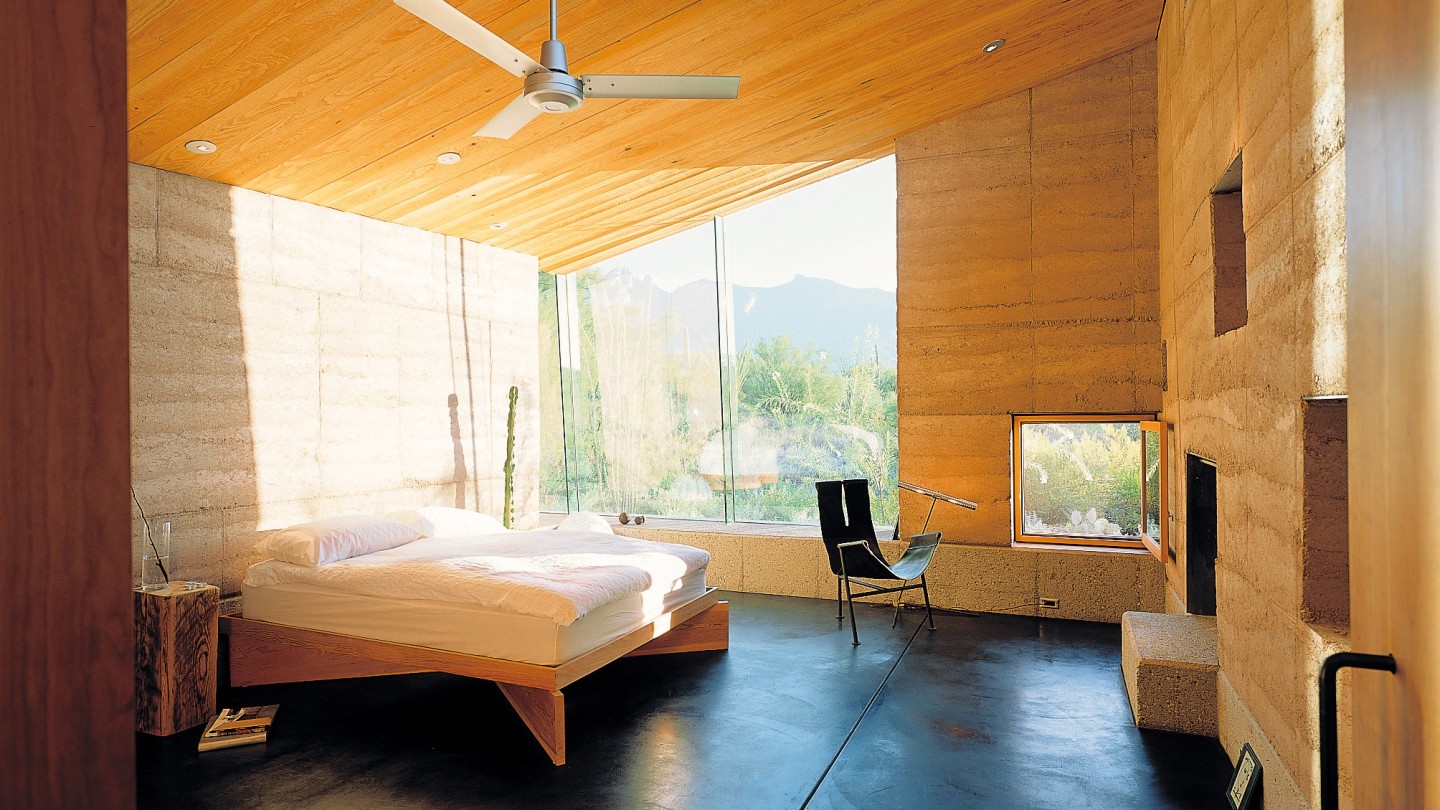
Simply sign up to the House & Home myFT Digest -- delivered directly to your inbox.
Irish film-maker Steve Barron began considering his contribution to the world on reaching an important milestone. “I had turned 60 and had a new granddaughter,” he says, “which is when I really started to focus on what I wanted to leave behind me.”
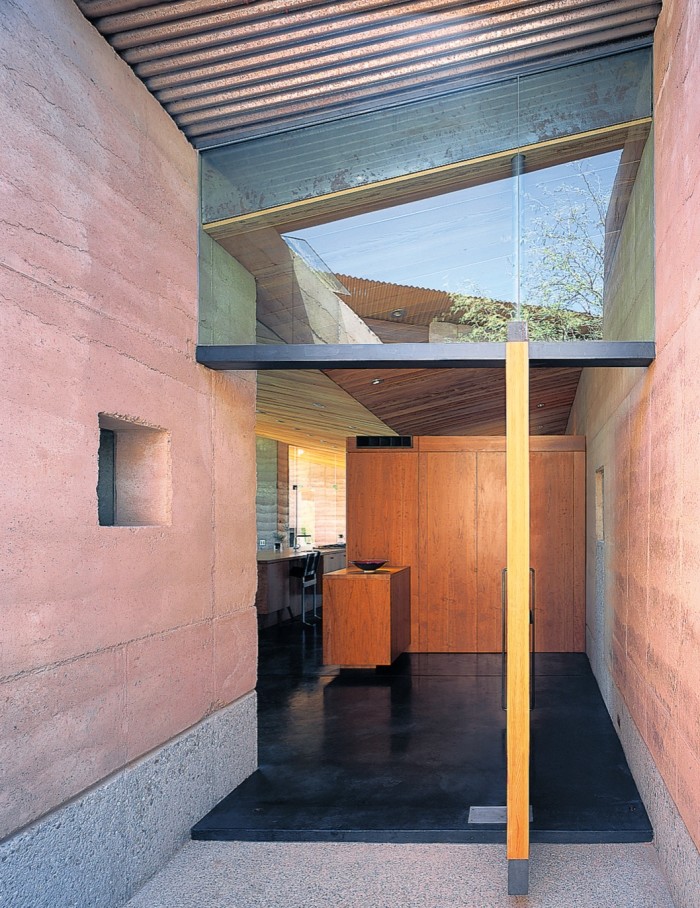
Best known for having directed some of the most famous music videos of the ’80s, including Michael Jackson’s “Billie Jean”, and for his work on TV series such as The Durrells, he felt a strong urge to do his bit for the environment. When a friend mentioned hemp, the fast-growing, carbon dioxide-consuming super-crop so versatile it is being explored as a building material, Barron became a convert. In 2016, he bought a smallholding in the Cambridgeshire countryside, turning more than 50 acres of farmland over to hemp-growing (the plant can absorb 15 tonnes of CO2 per hectare). He commissioned architect Paloma Gormley of Practice Architecture to help design his house, ensuring it was built on the footprint of the old barn it replaced with a similar, albeit contemporary, aesthetic that would blend into the surrounding countryside.
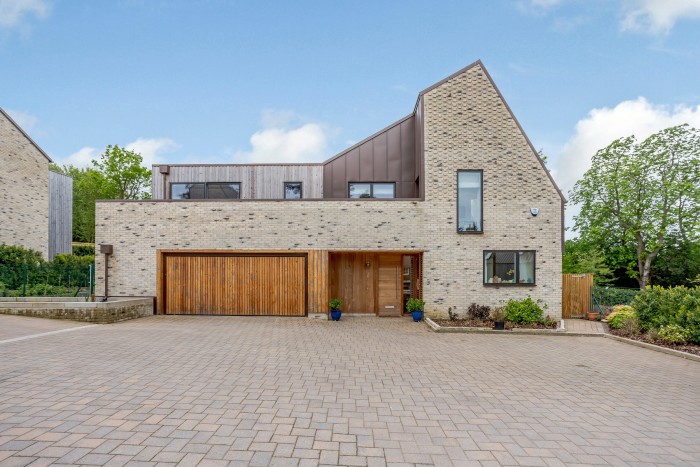
A factory in Leicestershire was able to strip the tough outer fibres of the hemp plants, revealing their woody core, which was mixed with lime and sand to form Hempcrete cast into 8ft by 4ft panels to build the walls of the three-bedroom house. The building was then clad in a weatherproof mixture of the outer fibres of the plants and resin, pressed into a corrugated pattern to mimic the metal of the former barn. It took a year to construct Margent Farm, which was completed in 2019, when the filmmaker’s daughter and her young family moved in.
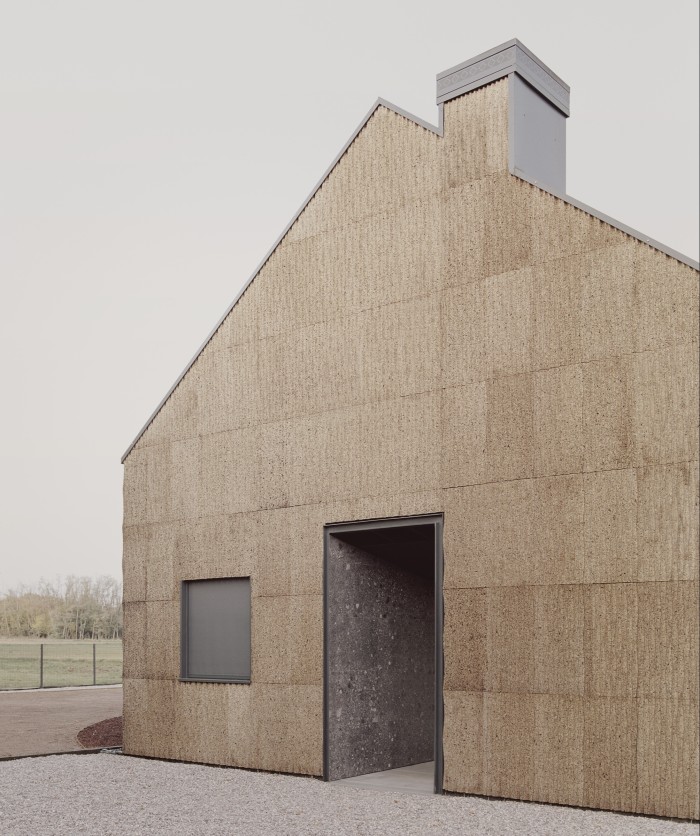
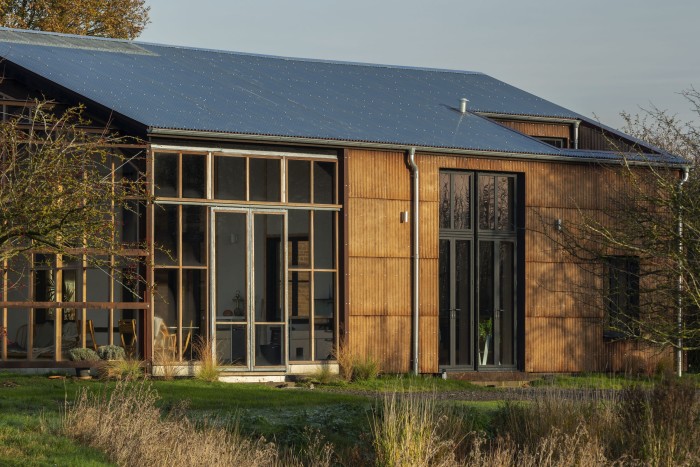
Barron is now working with researchers from Cambridge University to develop applications for natural fibres such as hemp, which is increasingly being used in the housebuilding industry. Hemp blocks and panels require far less energy to manufacture than materials such as concrete and they act as an excellent insulator. Margent Farm is warm in winter, cool in summer and requires minimal power (which is provided by a mix of solar and wind power and a biomass boiler) to run. “It’s so quiet and peaceful,” Barron says. “You feel a sense of wellness just being there.”
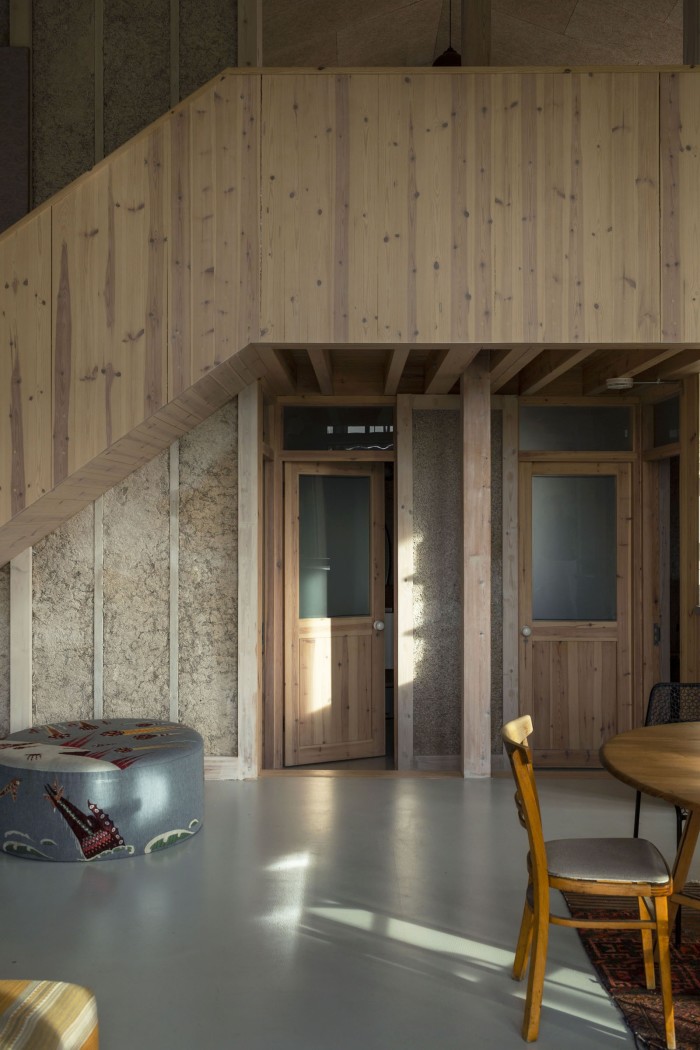
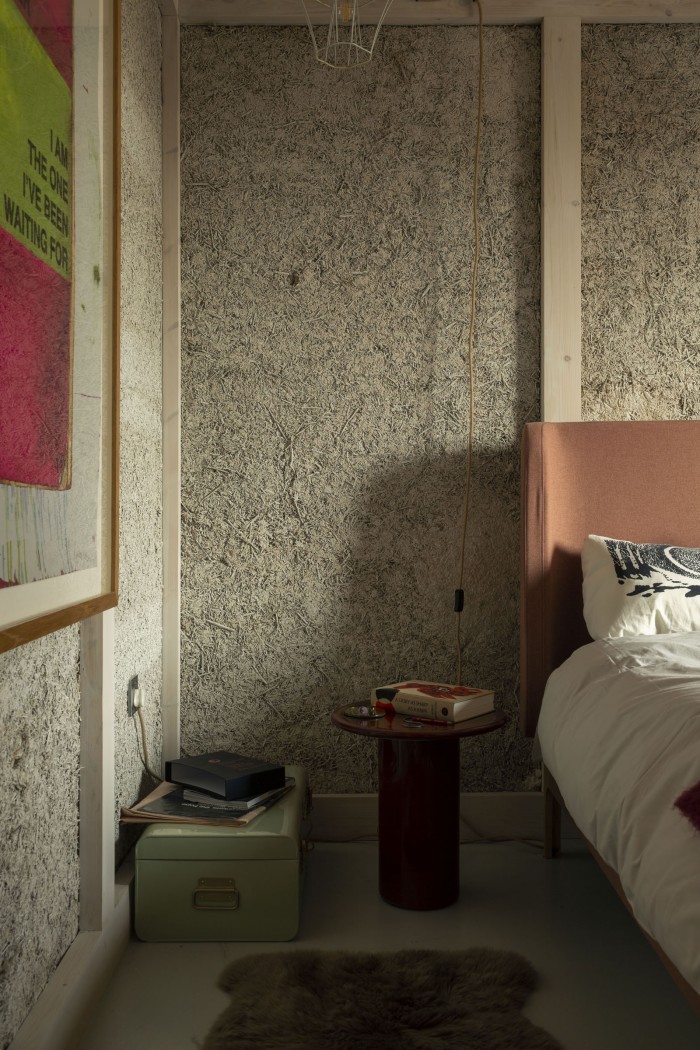
Prototype hemp homes like Margent Farm are becoming increasingly popular. A few miles west of the centre of Oxford, Knight Frank is offering a five-bedroom family home built with hemp concrete, panels and bricks (and timber) for £1.6mn. The house is a sizeable 3,630sq ft and was originally designed by the architect John Pardey for HAB Housing, the sustainability-focused developer founded by the television presenter Kevin McCloud.
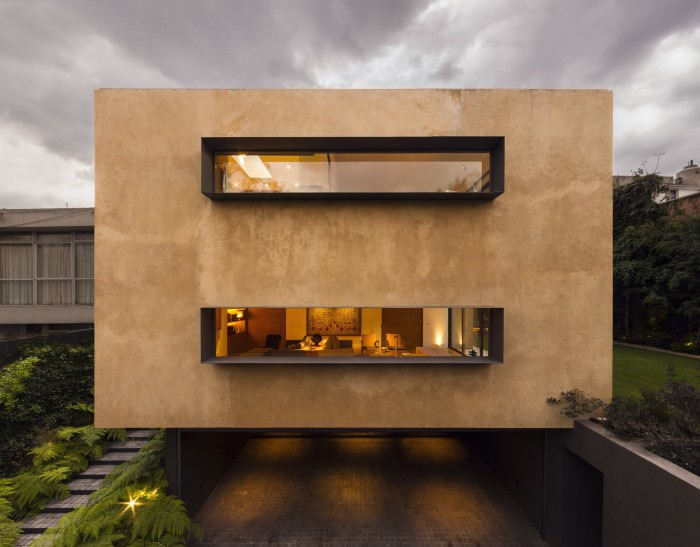
Andrés Stebelski of Mexico- and Europe-based AS Arquitecto believes it is impossible to view architecture “without acknowledging that everything comes from nature”. As he says: “From our earliest beginnings we’ve built using materials available around us.” His design for Casa Carpinos in Mexico City puts this into practice: a family home conceived as a 5,000-plus sq ft brutalist box punctured by grey-framed windows, it is coated in a natural clay stucco that lends the exterior a soft and textured earth-toned finish. “I like the mix of very clean lines and the fact you can see the hand of the person who built the house in the clay,” he says.
Ancient building techniques are also used in Morocco where modern builders are increasingly returning to traditional materials such as kabash and adobe (mud bricks) because they are naturally fire resistant, energy efficient and durable. At the palm-fringed oasis of Palmeraie, on the outskirts of Marrakech, the technique informs the design of the lavish mansions, where the brick walls are covered in a coating of earth and lime in the manner of adobe bricks (Villa A – a 9,688sq ft house with five bedrooms, a 115ft swimming lake and views of the Atlas Mountains – is on sale at Stella Gallery, POA).
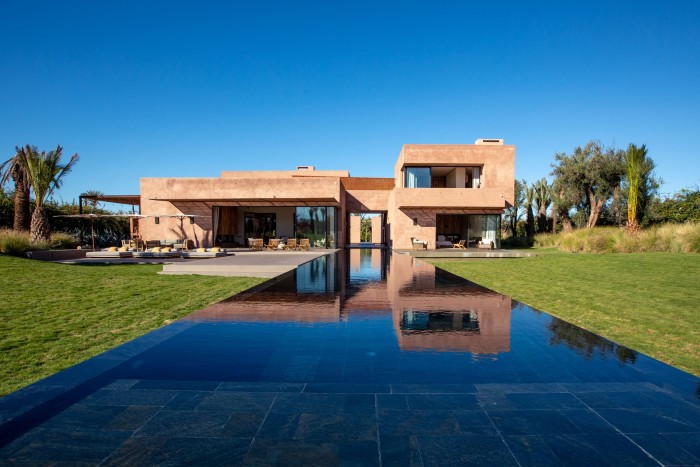
There are many different versions of adobe worldwide. Cob (a mixture of earth, water and straw, often mixed with lime) has, of course, been used to build homes in the UK since prehistoric times, and a new version dubbed CobBauge, which complies with contemporary thermal building standards, has been developed by researchers at Plymouth University – the initiative quickly growing into the Anglo-French CobBauge project, part of the European Union’s commitment to reducing CO2 emissions by moving cob building into the mainstream. In countries with warmer climates, rammed earth (a mixture of aggregates such as gravel, sand, silt and clay pushed into formwork to create walls) is also a focus of experimentation.
American architect Rick Joy started working with rammed earth, which dates back to the Neolithic period, after discovering it while studying at the University of Arizona and falling in love with the terracotta-hued buildings of the Sonoran Desert. “The way it captures the light is so stunning – I cannot get enough of it,” he says. “Eating dinner while smelling the earth is just gorgeous.”
The practical advantages of rammed-earth building are huge. To source the material, Joy explains, you simply “dig a hole”, and its high thermal mass means it absorbs heat during the day and releases it at night, which is ideal for desert conditions. Visually too, the buildings merge with their environment, which can be appreciated at one of Joy’s best-known rammed-earth houses in Tucson – a 4,750sq ft home with rough exposed rammed earth walls topped with a weathered steel corrugated roof. Joy built the house in three sections “to resemble a wagon train” – although it could also just as easily be interpreted as a dramatic rock formation. One wing houses the main living space, another the bedrooms, with a separate garage block and workshop.
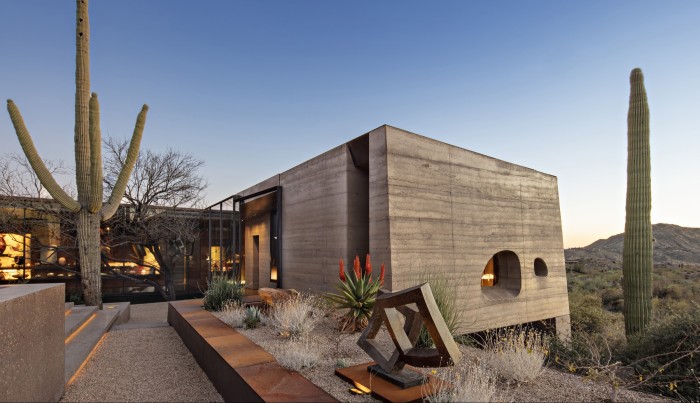
The appearance of cracks can be an issue in rammed-earth houses but Joy views these as part of the overall charm. “I can appreciate ageing gracefully,” he says. “I find perfection very boring.” He does also acknowledge that this is a much bigger issue in colder countries, and says that the technique cannot be exported everywhere. “I’m constantly getting calls from people in the UK asking if I can help them, and unfortunately I can’t,” Joy explains. “It is not the rain that’s the problem, it is the freeze and thaw.”
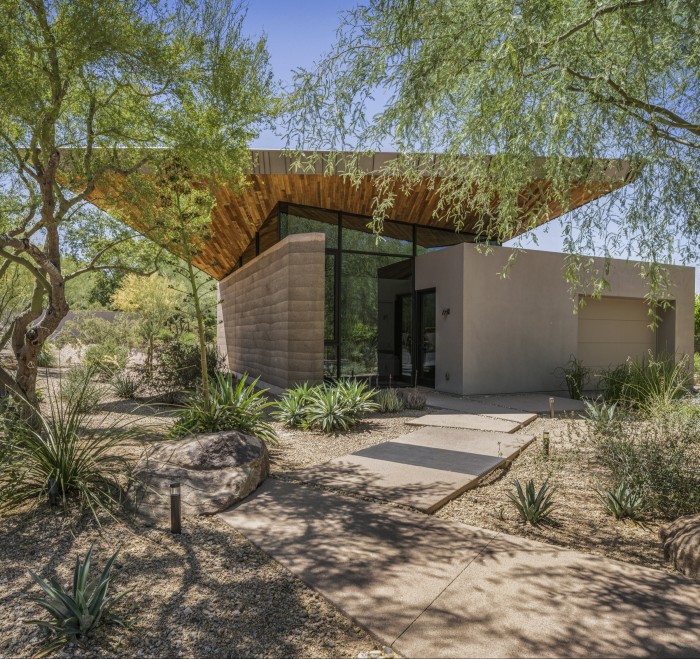
Those fortunate enough to be house-hunting in Arizona, however, will find some fine examples for sale, including a four-bedroom contemporary house in Paradise Valley for $12.5mn at estate agent Engel & Völkers Scottsdale. The 6,200sq ft desert home (which comes with a separate one-bedroom guest house) is set on 2.8 acres with views of Camelback Mountain, which is mirrored by the design of its pink-toned rammed earth walls and dramatically angled roof. Equally striking is a rammed-earth, steel, glass and stone home for sale in nearby Scottsdale, which offers three bedrooms within 7,412sq ft, designed around a central courtyard, and is listed for $8.995mn with Sotheby’s International Realty.
Contemporary homes can, of course, be created from far less substantial materials – some from only prefabricated timber frames, straw insulation, textured cork cladding and a little ingenuity. Luca Compri of Milan-based LCA Architetti has created one such example just outside the Italian city. His barn-style home took some two years to design and build at a cost of around €380,000, but since 2020 he has come to fully appreciate the benefits of the cork cladding – the family’s annual fuel bills come in at around €300 per year, compared to around €1,500 in their 1990s-built apartment.
Compri also reminds us of the social and economic benefits of a more enlightened approach to housebuilding. He points to the use of husks and straw once discarded by rice farmers, now being explored in sustainable building. It’s creating new opportunities for them at a time of crisis due to globalisation – and a much-needed source of income.
Letters in response to this article:
A climate-conscious home should be modest in size / From Laura Fenton, New York, NY, US
Ramming home the message of old techniques / From Jonathan Tuckey, London W14, UK

Comments